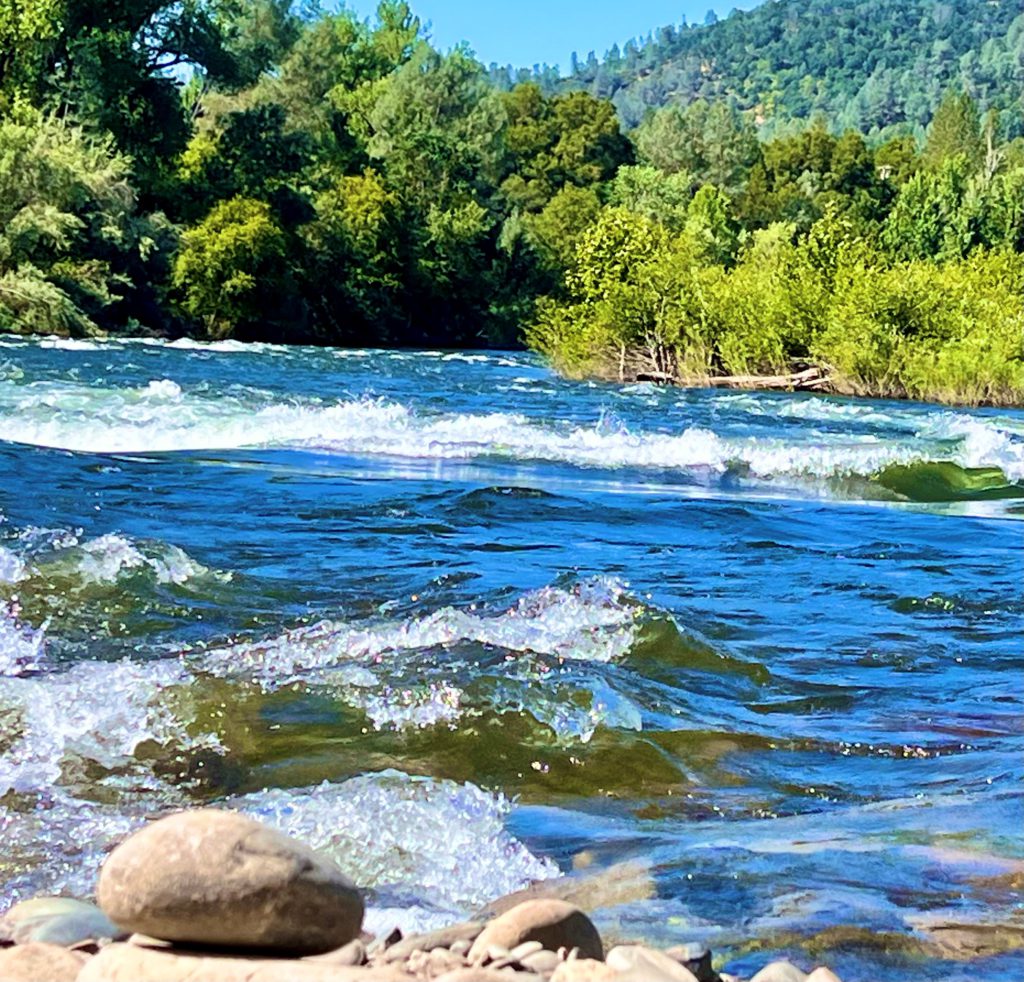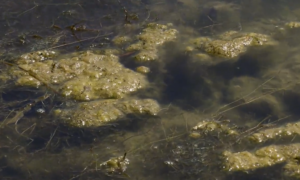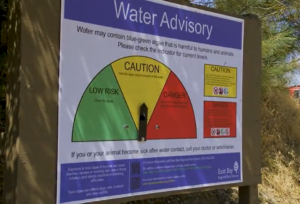Summer’s not over yet! With warm weather upon us, we know many Californians are eager to have some fun in the water. Before you hit the road, the California Governor’s Office of Emergency Services (Cal OES) wants you to make safety a priority when you’re recreating at the lake, or other fast-moving body of water.
Before you head out to any body of water, remember to keep these important water safety tips in mind:
- Know before you go: prior to leaving home, check the status of the park unit/waterway to find out what restrictions and guidelines are in place.
- Know the water: avoid cold, fast-running water. It can be dangerous not only to you but also to first responders.
- Know your limits: swimming in open water is more difficult than in a swimming pool – people tire more quickly and can get into trouble.
- Know about life jackets although life jackets are strongly recommended when recreating in or near waterways, this year’s expected high runoff in rivers can be dangerous even with the use of life jackets.
- Know how to supervise actively supervise children in and around open bodies of water. Do not assume that someone is watching them. Appoint a designated “water watcher,” taking turns watching with other adults.
Here are a few potential hazards to be aware of:
Fast-moving water and river currents

Fast-moving water and river currents can be dangerous or fatal even for the strongest swimmers. If caught in a river current, remain calm to conserve energy, and think clearly. Lie on your back with your feet in front of you so you can fend off rocks as you float downstream. When it’s safe, swim out of the current towards the shore. Do not attempt to stand up, it can cause your feet to become pinned or stuck underwater.
Remember, even if water looks calm on the surface, strong currents can exist underneath so make sure to be extra cautious.
Woody Debris, rocks, and sharp objects

Be careful of rocks and woody debris in the water and shorelines of rivers, lakes and bodies of water. Large woody debris can cause injury, or even drowning. When tree branches, logs or rocks compile, only water can get through, so they create a hazard for swimmers. When a person is swept into a pile of debris in the water, they can become pinned or trapped against it.
Swimmers should check the water and steer clear of any debris to ensure their safety.
Contaminants in the Water

In addition, to debris below the water, there’s also a likelihood of contaminants that could be in the water. Cyanobacteria, more commonly known as blue-green algae, is one of our more hidden dangers that form in lakes. The toxic algae is caused by various environmental factors, including rising climate temperatures.
Blue-green algae can produce neurotoxins that are harmful to humans and pets if ingested. Symptoms such as vomiting, diarrhea, dizziness, and other flu-like symptoms could occur within hours after coming out of the water.
The best thing to do to stay safe, is keep yourselves, children, and pets out of contaminated water.
Although not all algae species are considered harmful, Cyanobacteria could be deadly. Check your lake’s water advisories and listen to authorities.

